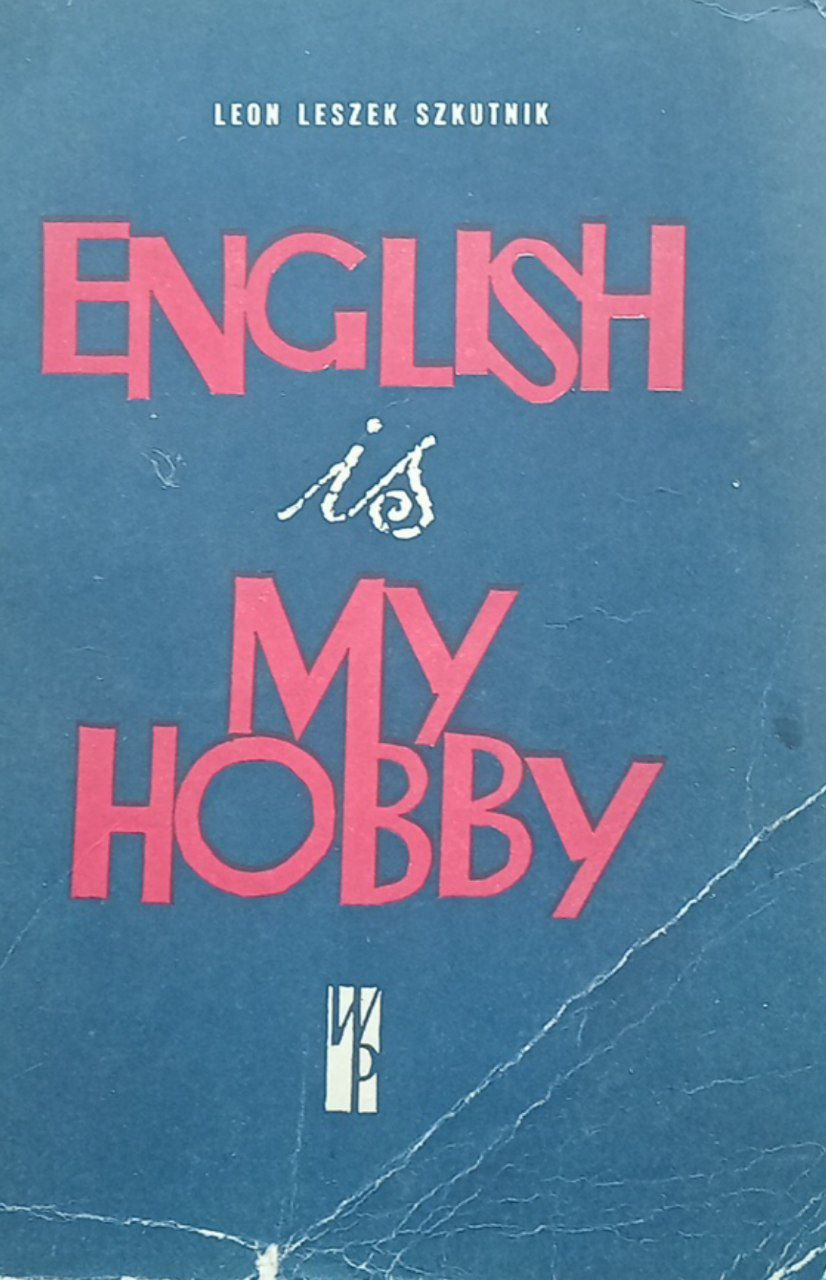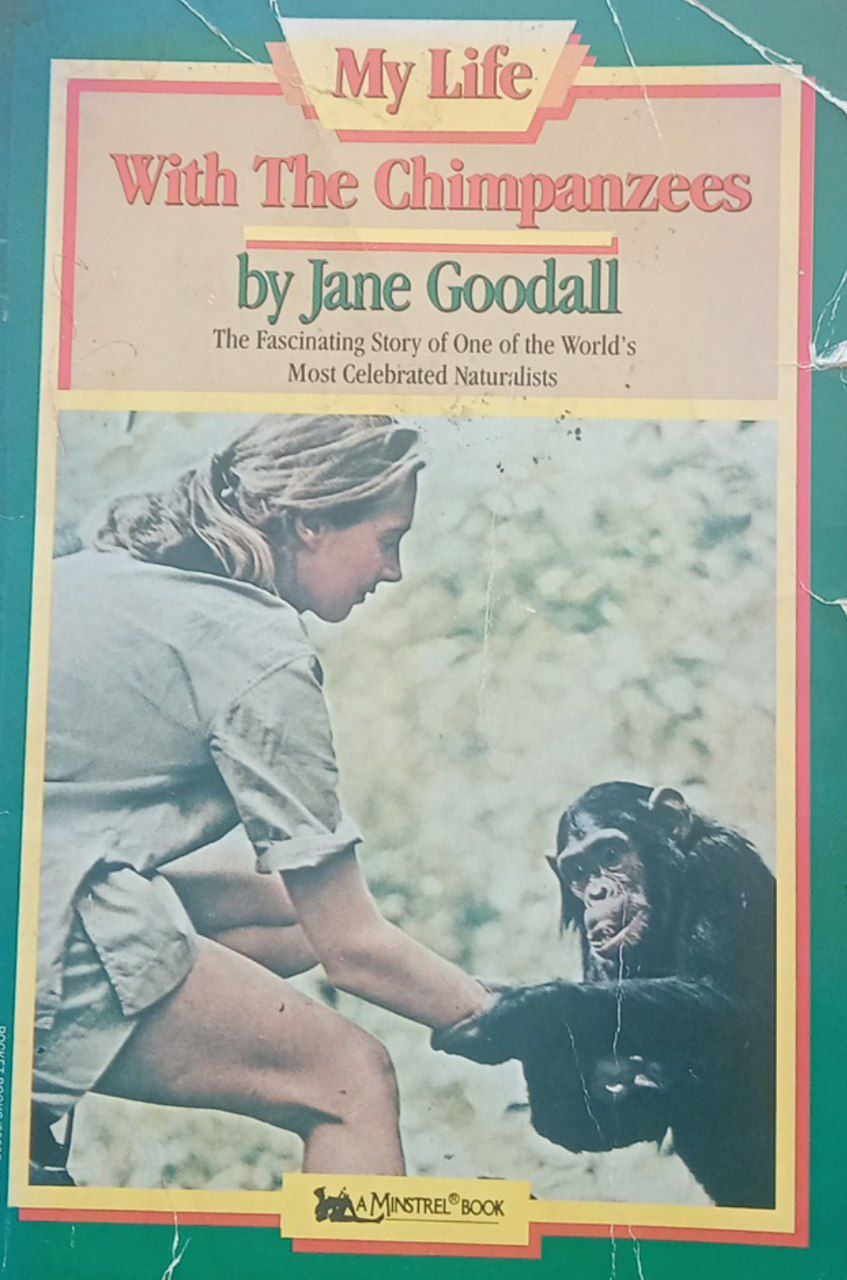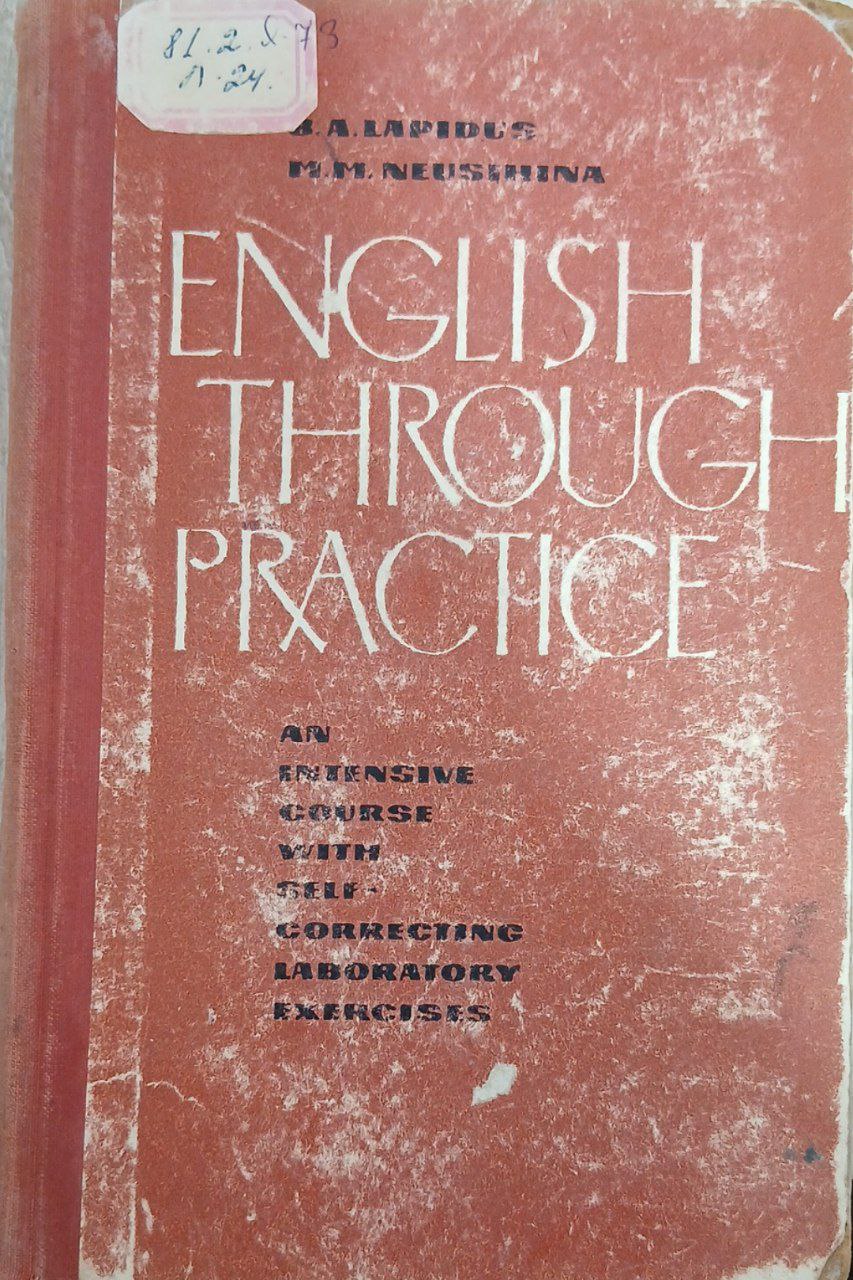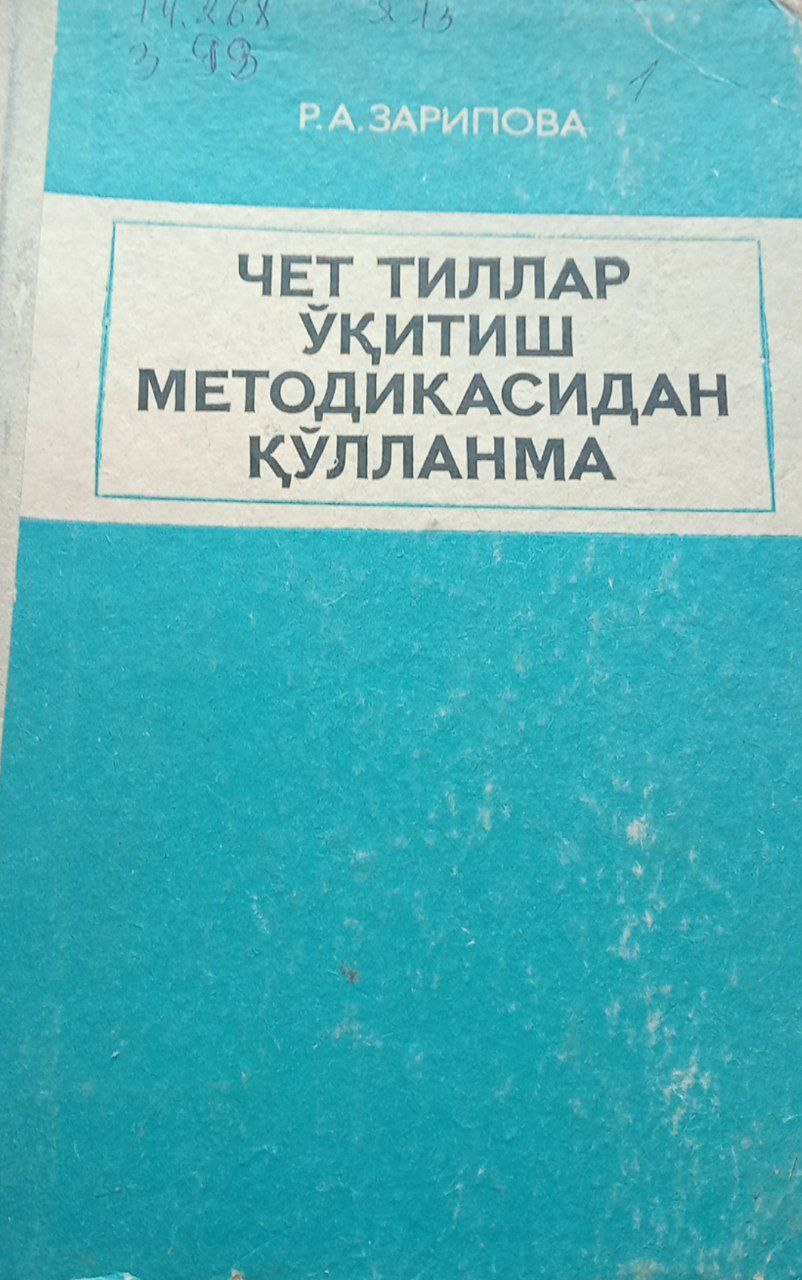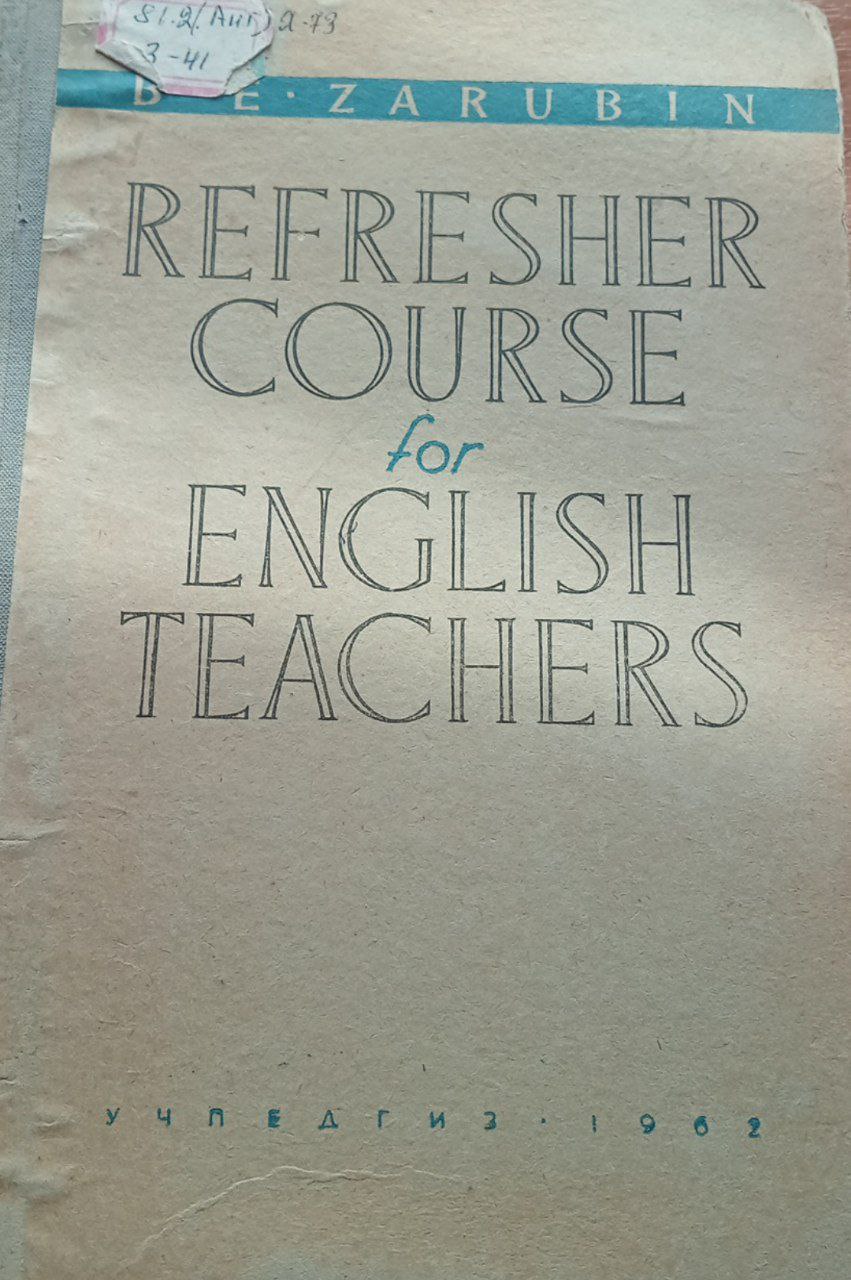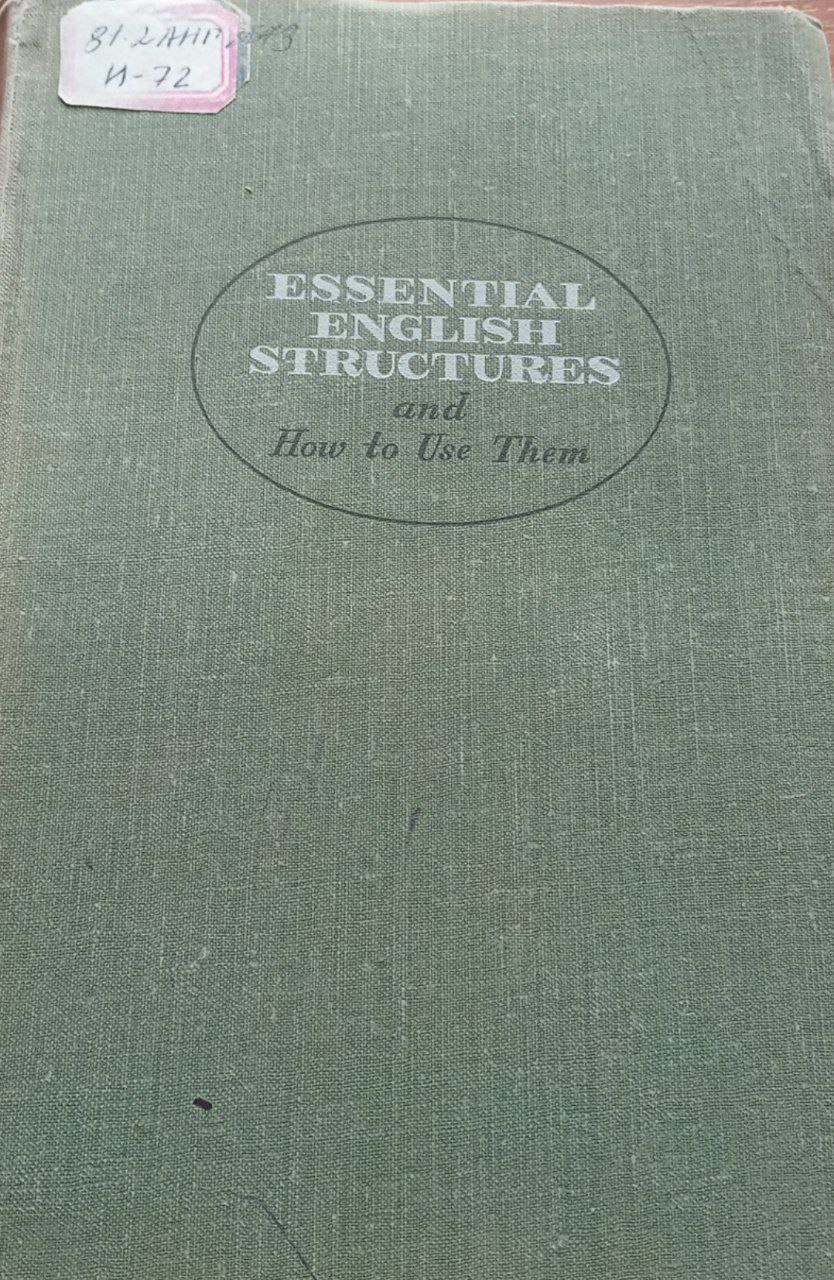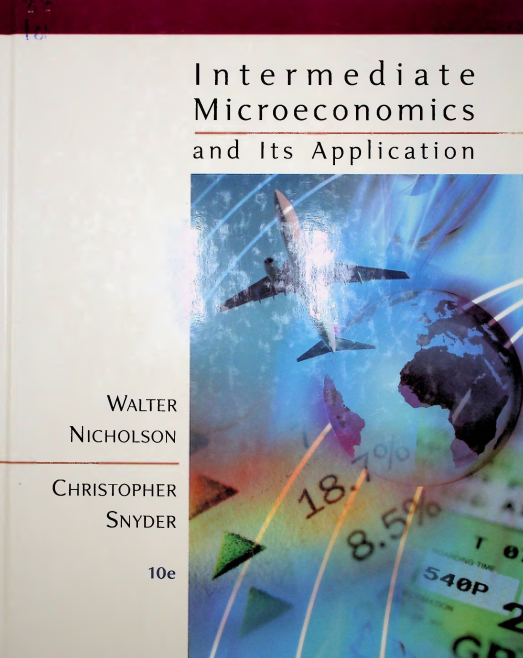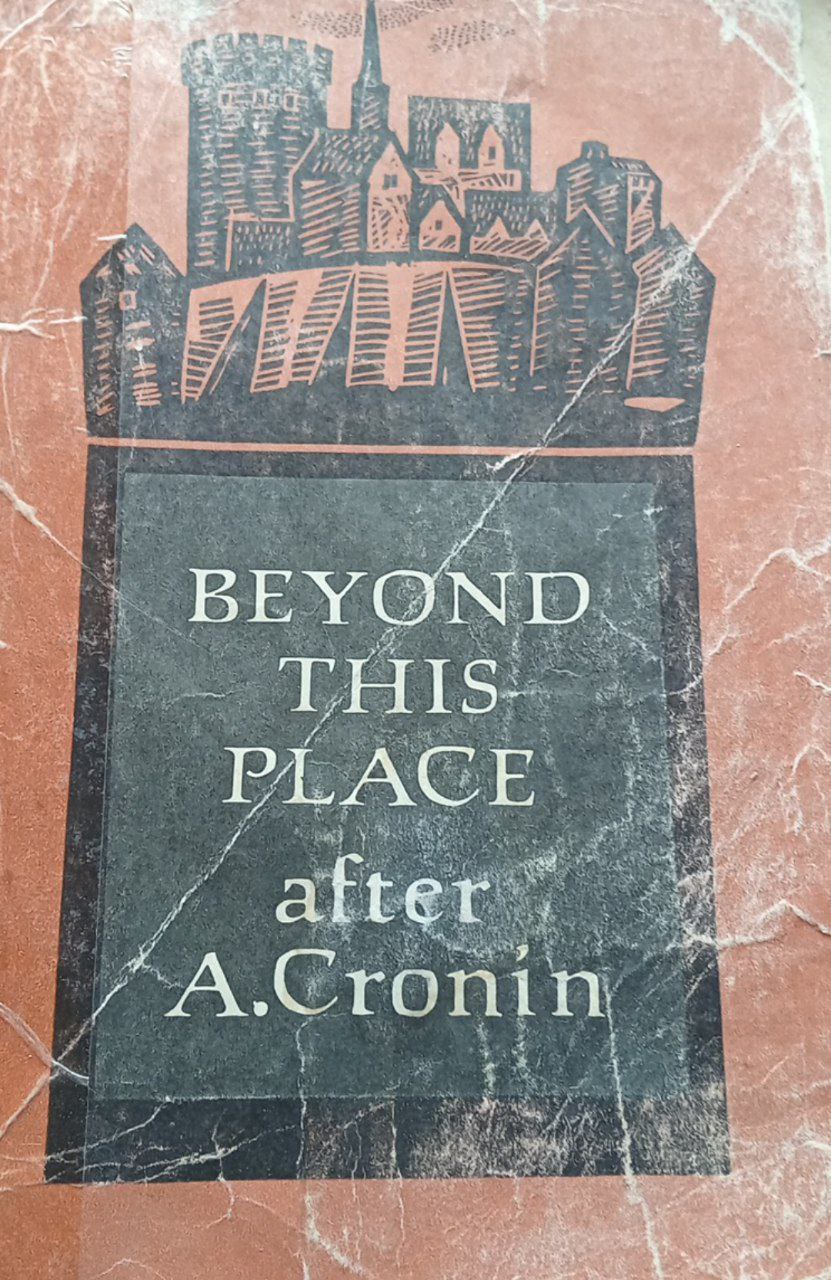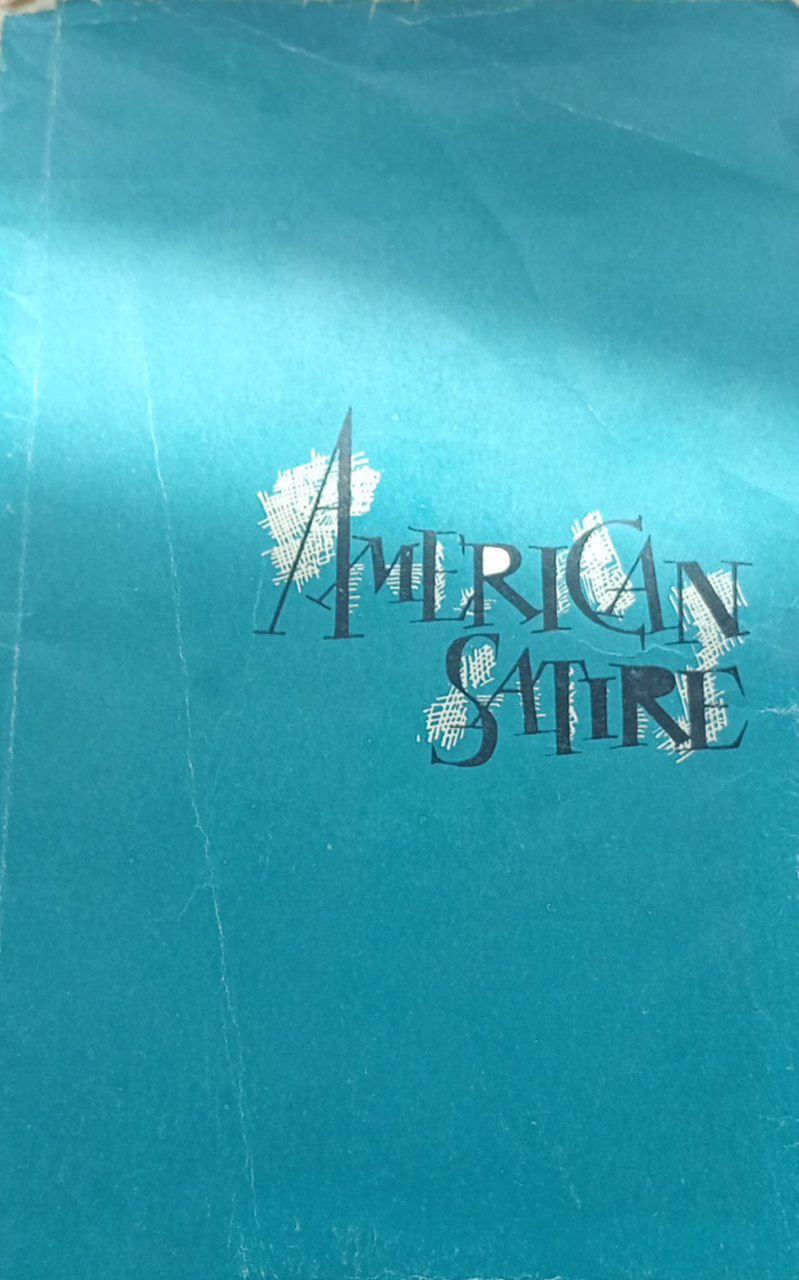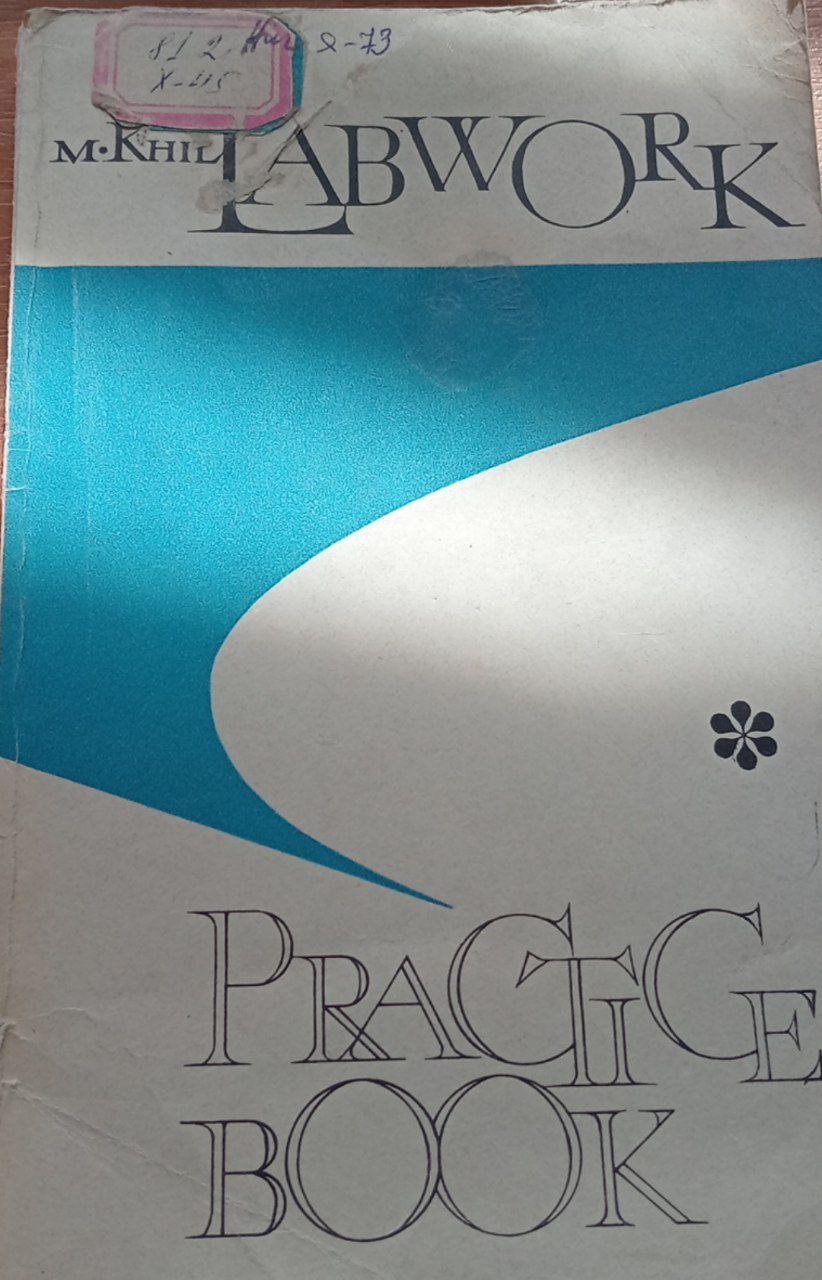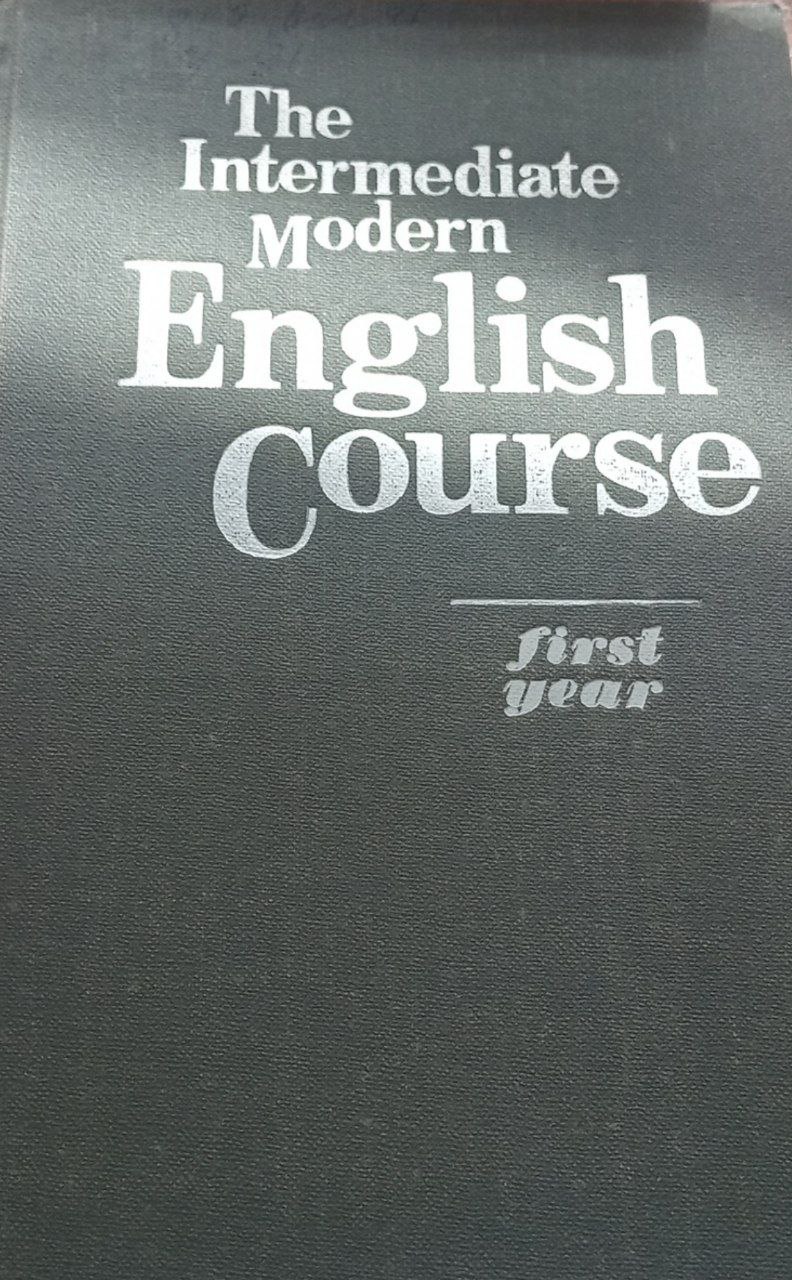-
-
-
-
-
-
-
-
-
Cultivation of indigo plant biotechnology of natural dyes and improving of the soil ecology
A. Ergashev,Madaniyatshunoslik nazariyasi, -
-
-
-
-
-
-
-
-
-
-
-
Essays on development in a liberal Economic order
H. W. Arndt,This work comprises two papers by H.W. Arndt Emeritus
-
English is my hobby
Leon Leszek Szkutnik,What kind of a man wrote this book? A deeply religious man, whose blasphemies horrified the orthodox. An ex-dandy, who dressed like a condemned convict. A philosopher of love, who was ill at ease with women.
-
Reflections on the modernization of spain
[],We are very pleased to publish this essay by Rodrigo Botero as the twenty-ninth in the Ictg series Of Occasional PAPERS
-
-
Maintaining competitiveness with yigh wages
Alan S,We are pleased to publish this by Alan S Blinder as twenty-sixth in our series of Occasional papers
-
-
-
English through practice
Б.А.Лапидус,English Through Practice is a language-learning textbook designed to help learners improve their English skills through structured exercises and practical activities. It covers grammar, vocabulary, reading, writing, listening, and speaking, emphasizing usage in real-life contexts. The book is suitable for self-study as well as classroom use and is aimed at learners seeking to build both accuracy and fluency in English.
-
Cultivation of indigo plant biotechnology of natural dyes and improving of the soil ecology
A. Ergashev,Ushbu kitobda milliy analari aks etirilgan
-
Voting for reform
Stephan Haggard,We are pleased to publish this paper on link between political and economic reforms by Stephan Haggard
-
Voting for reform
Stephan Haggard,We are pleased to publish this paper on link between political and economic reforms by Stephan Haggard
-
World regional geography
Bradschaw M,World Regional Geography: People, Places, and Globilization is adapted from a work produced and distributed under a Creative Commons license (CC BY-NC-SA) in 2012 by a publisher who has requested that they and the original author not receive attribution.
-
Чет тиллар ўкитиш методикасидан қўлланма
Р. А. Зарипова,Чет тилларни ўқитиш методикасига мос база ва яқин фанлар.
-
Refresher course for English teachers
B. E Zarubin,What kind of a man wrote this book? A deeply religious man, whose blasphemies horrified the orthodox. An ex-dandy, who dressed like a condemned convict. A philosopher of love, who was ill at ease with women. A revolutionary
-
Essential english structures
Н.Ф.ИРТЕНЬЕВА,Пособие по практике речи для студентов педагогических институтов.
-
Intermediate Microeconomics and Its Application.
Walter Nicholson, Christopher Snyder,Thomson South-Western, a part of The Thomson Corporation. Thomson, the Star logo, and South-Western are trademarks used herein under license.
-
Beyond this place after
A.Cronin,Английский писатель А. Кронин Роман подвергся значительному сокращению.
-
American satire
B. I. Limanovsqoy,"She came gliding along London’s broadest street, and then halted, swaying gently. She was a steamship of some 3,500 tons, flying the flag of one of the new Baltic states. The Tower Bridge* cleared itself of
-
-
The Intermediato modern
c. D. Shevsova,Настоящий учебник -переаботанные и дополненые вариант книга.


